A New Era in UK Aviation with Ascend of Drones
The integration of drones into shared airspace has sparked a pivotal debate within the aviation community. The General Aviation Alliance (GAA), representing ten general aviation associations in the United Kingdom, has recently articulated its stance on this issue. Advocating for the widespread adoption of electronic conspicuity (EC) technologies, the GAA’s position underscores the potential of these technologies to significantly reduce mid-air collision risks, a concern that has been heightened with the increasing prevalence of drones.
The GAA’s Vision: Safety Through Technology
The core of the GAA’s argument lies in the Electronic Conspicuity Position Paper, which outlines a series of criteria that the proposed system must meet. These criteria emphasize compatibility with existing aviation systems, minimal risk introduction, and no disruption to current aviation activities. Additionally, the GAA insists that the financial burden for this system should fall on the beneficiaries of the new aviation activities—primarily the Drone Industry, as reported by Flyer.
The Heart of the Debate: Who Should Pay?
The GAA’s stance has not been without controversy. Critics argue that the majority of drone operations occur below 400 feet, while general aviation typically operates above 500 feet, suggesting that the risk of collision is lower than perceived. They advocate for a more equitable distribution of costs, emphasizing that all operators, regardless of whether their aircraft is manned, should share the financial responsibility for EC implementation.
Complex Challenges: The CAA’s Role and Policies
The Civil Aviation Authority (CAA) also faces scrutiny. Their policies, such as the soon-to-end EC rebate scheme and the lack of mandatory ADS-B OUT for BVLOS drones, are seen as inconsistent and potentially counterproductive. This inconsistency extends to the broader regulatory framework, where there’s a call for more coherent and aligned policies to support both drone integration and general aviation safety.

Towards a Collaborative Future
The integration of drones into shared airspace presents complex challenges that require careful consideration and collaborative solutions. While the GAA’s proposal for electronic conspicuity is a step towards safer skies, it also raises important questions about cost allocation, technological feasibility, and regulatory coherence. The future of aviation safety hinges on finding a balance that accommodates the interests and responsibilities of all airspace users.
Addressing Concerns
On social media, aviation experts and enthusiasts expressed their apprehensions, indicating that the conversation around airspace safety and drone integration is far from over. Concerns about the practicality of the GAA’s proposals, the realistic assessment of collision risks, and the fair distribution of costs need to be addressed.
Furthermore, the evolving landscape of aviation regulations, particularly concerning the role of the CAA, suggests that more comprehensive and inclusive discussions are necessary to ensure that the future of aviation accommodates both the old and the new, while safeguarding the interests of all parties involved.
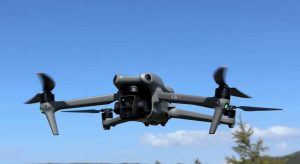
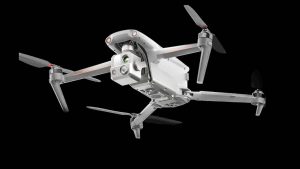


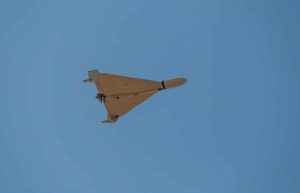
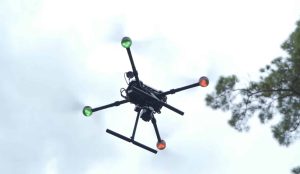
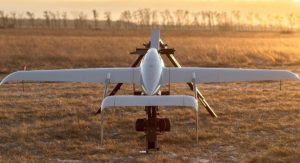


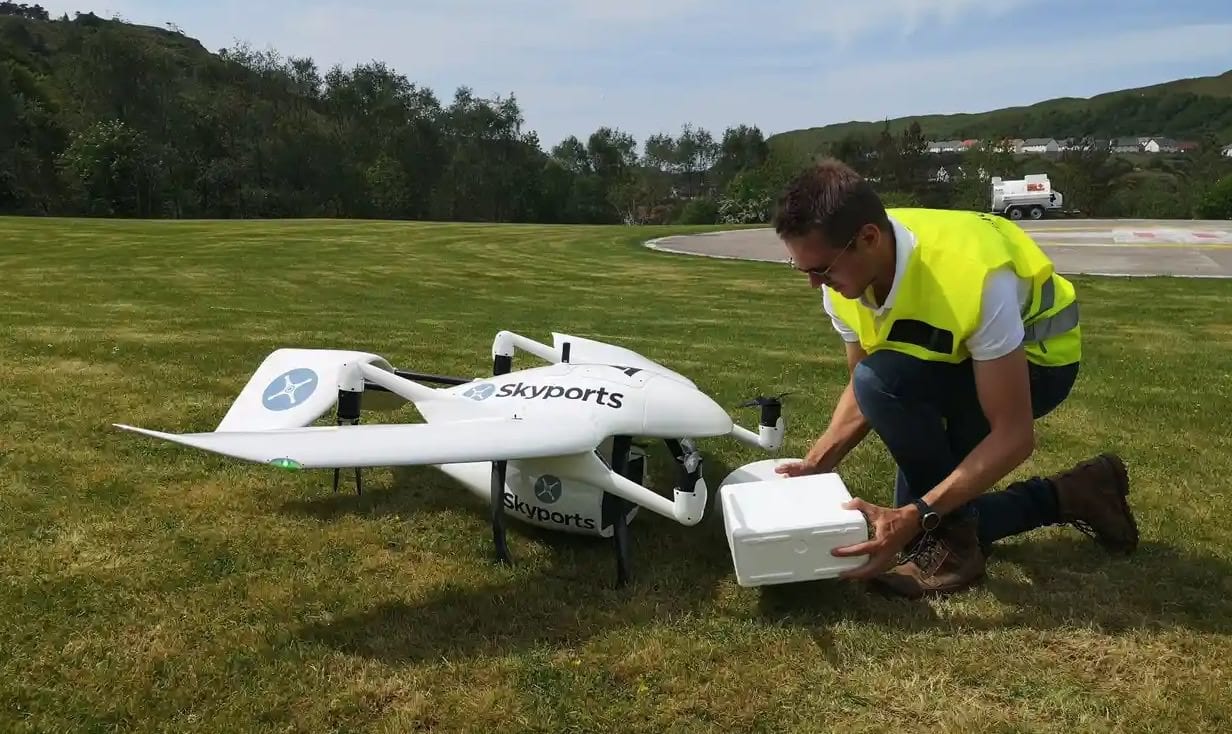

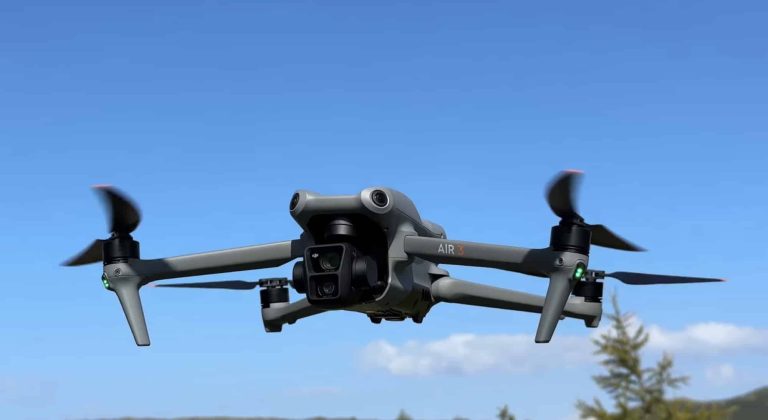
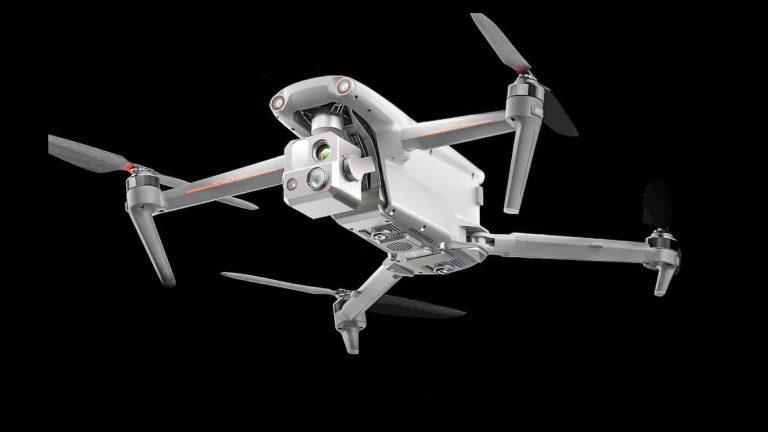
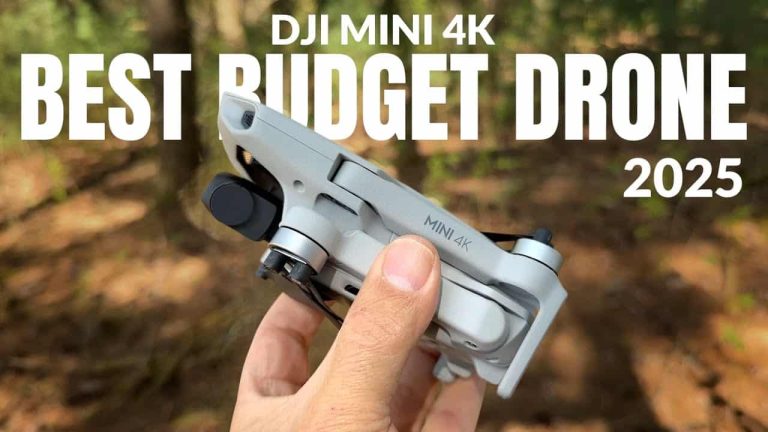



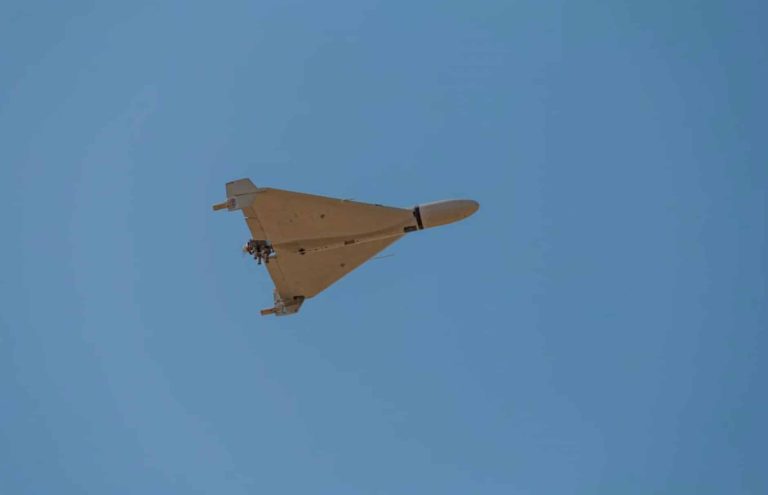
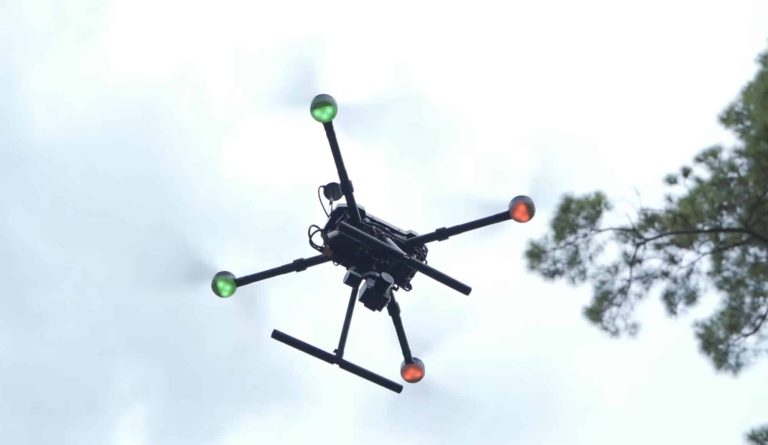
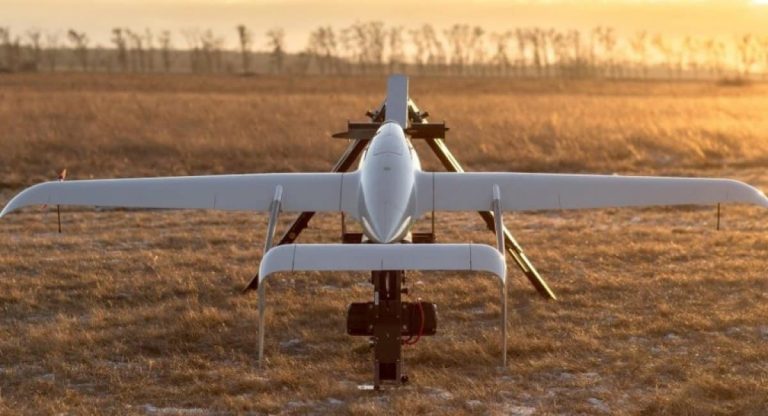

+ There are no comments
Add yours